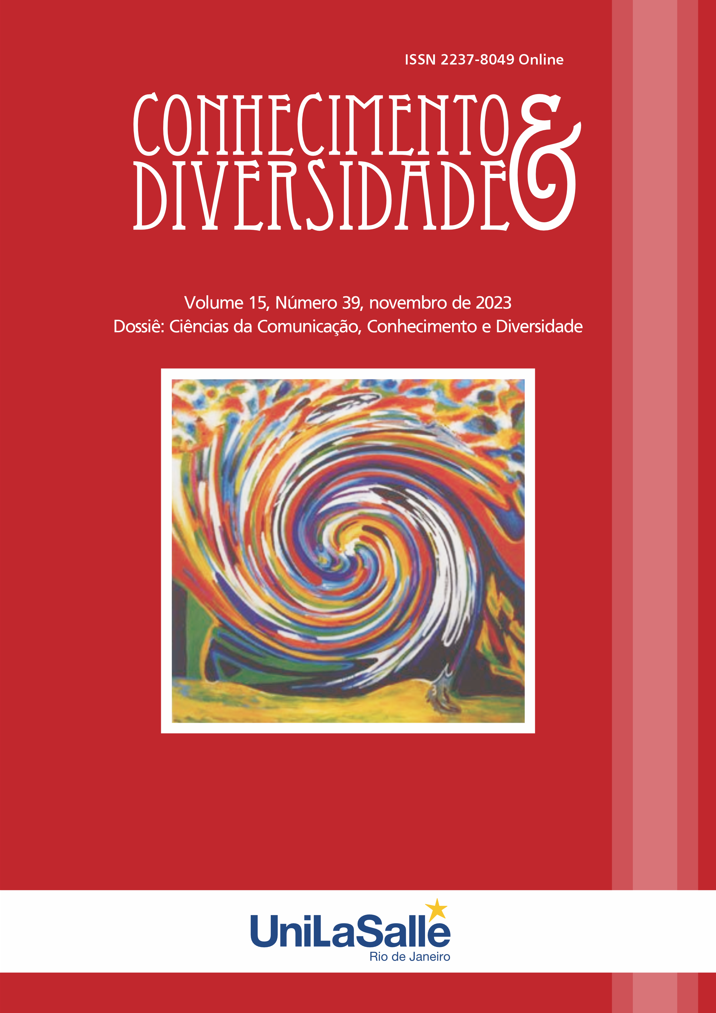DIGITAL TOURISM COMMUNICATION BETWEEN TOURISM INEQUALITIES AND REGIONAL BALANCE
THE CASE OF THE MOROCCAN TOURIST OFFICE
DOI:
https://doi.org/10.18316/rcd.v15i39.11149Keywords:
Tourism communication, Tourism iconography, Tourism disparities, Digital communication, MoroccoAbstract
The aim of this article is to shed new light on the issue of regional inequalities in tourism. The article examines the way in which the Moroccan National Tourist Office, through its digital communication, presents Morocco as a destination. The selective choice of imagery used as a basis for mental representations contributes to the promotion of certain localities rather than others, leading to a certain dualisation of territories and further reinforcing regional disparities. We are carrying out an analysis of the tourist iconography disseminated online with a view to identifying the destinations presented on a recurring basis, in order to identify any malfunctioning in the promotional policy. More broadly, our study aims to elucidate the decision-making process of the tourist-consumer by studying the various parameters that can condition his or her behaviour.
References
Alain Decrop,2010, Le touriste consommateur, « Livre électronique », De boek, https://fr.scribd.com/document/412959784/Le-Touriste-Consommateur-Alain-Decrop.
Alain Decrop, Mondes du tourisme, N°3, p1-12, 2011, https://journals.openedition.org/tourisme/505.
Anne-sophie Devanne ; Marie-José Fortin, construire l’image d’une destination touristique dans un paysage en changement : défi d’articulation autour de l’éolien en Gaspésie, Mondes du tourisme, N°4, p 61-76 décembre 2011, https://journals.openedition.org/tourisme/457?lang=en.
Dorian Bernadou ; Construire l’image touristique d’une région à travers les réseaux sociaux : le cas de l’Émilie-Romagne en Italie ; ybergeo : European Journal of Geography [En ligne], Politique, Culture, Représentations, document 826, 2017, https://journals.openedition.org/cybergeo/28481#ftn13.
Erik Leroux ; Aziz Hmioui, Stratégie de développement touristique du Maroc à l’horizon 2020 : Analyse en termes d’apport à la lutte contre le déséquilibre régional, Maghreb-MachrekN°239, p80-94, 2019, https://www.cairn.info/revue-maghreb-machrek-2019-1-page-79.htm?ref=doi&contenu=article.
Melchisedek Chétima, Tourisme et mise en scène du patrimoine culturel dans les monts Mandara du Cameroun,Téoros, Montréal, volume30N°1,p44_54 ,2011, https://www.erudit.org/fr/revues/teoros/2011-v30-n1-teoros0258/1012107ar.pdf.
Mohammed Berriane, Savoirs et patrimoines locaux. Des atouts pour le développement des arrières-pays au Maroc, Rabat : Hassan2 Academy Press,2020, p 125-156, Tourisme, disparités territoriales et transition touristique au Maroc. La nécessité d’un rééquilibrage par les arrière-pays et par un tourisme territorial,
Rachid Amirou et al, de l’image à l’imagerie en passant par l’imaginaire : une interprétation du tourisme à partir des interprétations proposées par dix villes européennes, N°5, p88-102, 2011, https://www.cairn.info/revue-recherches-en-sciences-de-gestion-2011-5-page-87.htm.
Site du ministère du tourisme, https://mtaess.gov.ma/fr/tourisme/chiffres-cles/.
Vision stratégique 2020, https://www.icao.int/meetings/moroccan-economic-forum/documents/tourismmaroc.pdf.
Downloads
Published
Issue
Section
License
Copyright (c) 2023 Houyam Mouhib, Moulay Maati Alaoui Fennane, Abdelfattah Lahiala

This work is licensed under a Creative Commons Attribution 4.0 International License.
As recommended by the Public Knowledge Project, RCD adopts for its articles a CREATIVE COMMONS Attribution CC BY 4.0 license.
This license allows others to distribute, remix, adapt and build upon your work, even commercially, as long as they credit you for the original creation.
This is the most appropriate license offered.
Recommended for maximum dissemination and use of licensed materials.



